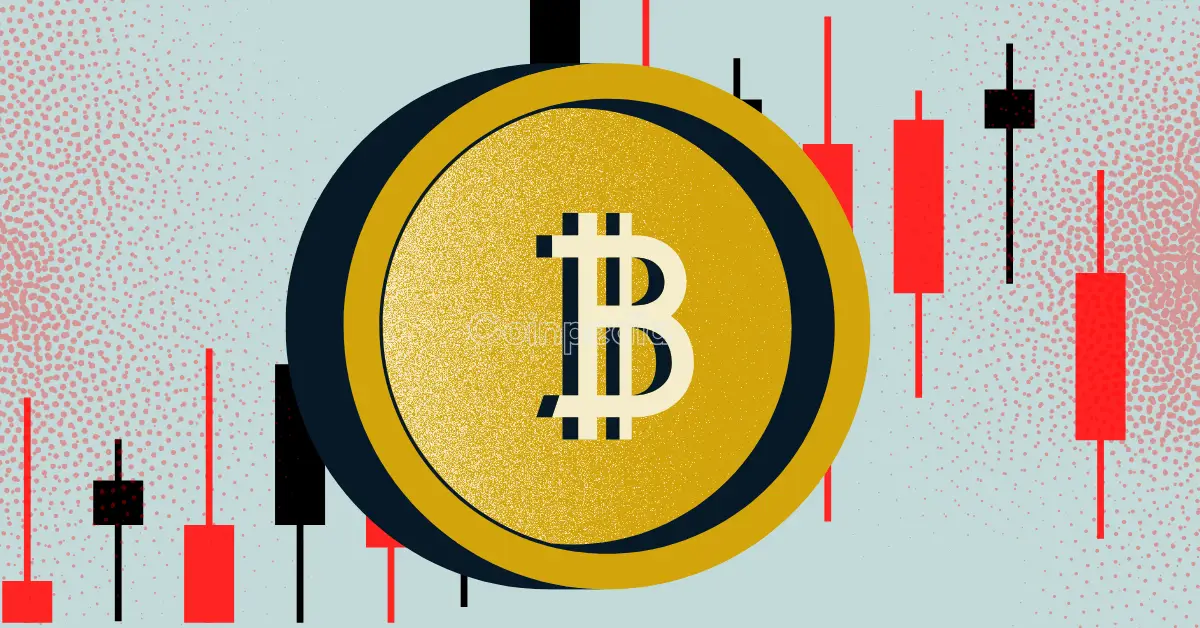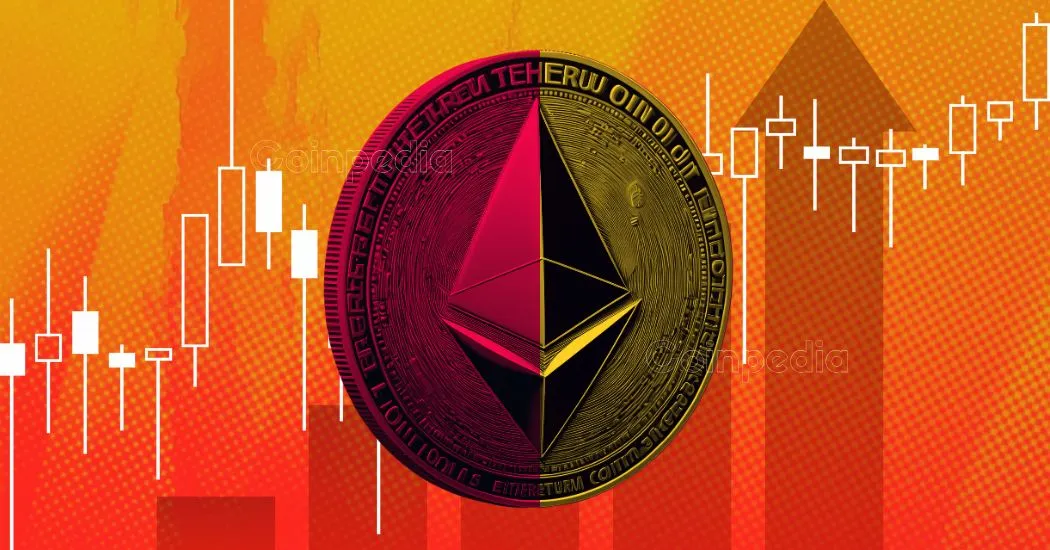Exploring the Future of Blockchain: Cardano’s Ambitious Plans
Charles Hoskinson, the co-founder of Ethereum and the current CEO of Input Output Hong Kong (IOHK), the company behind the Cardano blockchain, has been making waves in the crypto community with his bold vision for the future of the platform. Cardano, which was launched in 2015, is positioning itself as a serious contender in the blockchain space, with plans to enhance Bitcoin’s Decentralized Finance (DeFi) offerings, integrate with the Lightning Network, and even surpass Ethereum.
Enhancing Bitcoin’s DeFi
While Bitcoin is the largest and most well-known cryptocurrency, it has long been criticized for its limited use cases beyond being a store of value. DeFi, or Decentralized Finance, is a solution that aims to change this by adding financial functionality to the blockchain. Cardano, with its proof-of-stake consensus algorithm and more flexible smart contract capabilities than Bitcoin, is well-positioned to enhance Bitcoin’s DeFi offerings.
According to Hoskinson, Cardano will provide a more scalable and interoperable platform for DeFi applications than Ethereum. This is due in part to Cardano’s use of sidechains, which allow for independent blockchains to be built on the Cardano mainchain, increasing overall capacity and reducing transaction fees. Additionally, Cardano’s smart contract capabilities are more flexible than Ethereum’s, allowing for more complex financial applications to be built.
Integrating with the Lightning Network
Another way Cardano is looking to distinguish itself from Bitcoin is through its integration with the Lightning Network. The Lightning Network is a second-layer solution built on top of Bitcoin that enables faster and cheaper transactions, as well as the ability to create micropayment channels. By integrating with the Lightning Network, Cardano will be able to offer the same benefits to its users, making it a more practical option for everyday transactions.
Hoskinson has stated that Cardano’s integration with the Lightning Network is a top priority, and the team is working closely with the Lightning Network development team to make it a reality. This integration will not only make Cardano a more practical option for transactions, but it will also make it more attractive to merchants and businesses, increasing its overall adoption.
Surpassing Ethereum
Perhaps the most ambitious goal for Cardano is to surpass Ethereum as the go-to platform for decentralized applications. While Ethereum currently holds this title, Cardano’s more flexible smart contract capabilities, proof-of-stake consensus algorithm, and focus on interoperability make it a strong contender.
Cardano’s proof-of-stake consensus algorithm, known as Ouroboros, is more energy-efficient and scalable than Ethereum’s proof-of-work consensus algorithm. This means that Cardano can handle more transactions per second and requires less energy to do so, making it a more sustainable option for decentralized applications. Additionally, Cardano’s focus on interoperability means that applications built on other blockchains can easily be integrated onto the Cardano platform, increasing overall utility.
Effect on Individuals
For individuals, the potential integration of Cardano with Bitcoin’s DeFi and the Lightning Network could lead to more practical use cases for cryptocurrencies. This could make cryptocurrencies more accessible and attractive to a wider audience, potentially driving up adoption and increasing the overall value of these digital assets.
- More practical use cases for cryptocurrencies
- Increased adoption and value
- Attractive to a wider audience
Effect on the World
On a larger scale, the success of Cardano could lead to a more decentralized financial system, reducing reliance on traditional financial institutions and increasing financial inclusion. This could have a significant impact on underbanked populations and economies, providing them with access to financial services and tools that were previously unavailable.
- More decentralized financial system
- Reduced reliance on traditional financial institutions
- Increased financial inclusion
Conclusion
Charles Hoskinson’s vision for Cardano is ambitious, but with its focus on scalability, interoperability, and flexible smart contract capabilities, it is well-positioned to enhance Bitcoin’s DeFi offerings, integrate with the Lightning Network, and even surpass Ethereum as the go-to platform for decentralized applications. This could lead to more practical use cases for cryptocurrencies, increased adoption and value, and a more decentralized financial system, reducing reliance on traditional financial institutions and increasing financial inclusion.
As the crypto space continues to evolve, it will be interesting to see how Cardano’s plans unfold and what impact they will have on the industry and the world as a whole. Stay tuned for updates on this exciting development.





